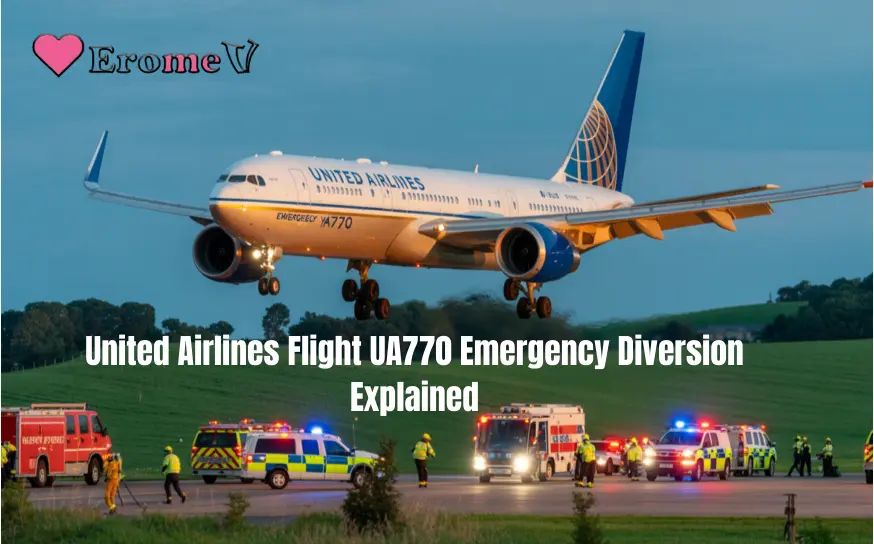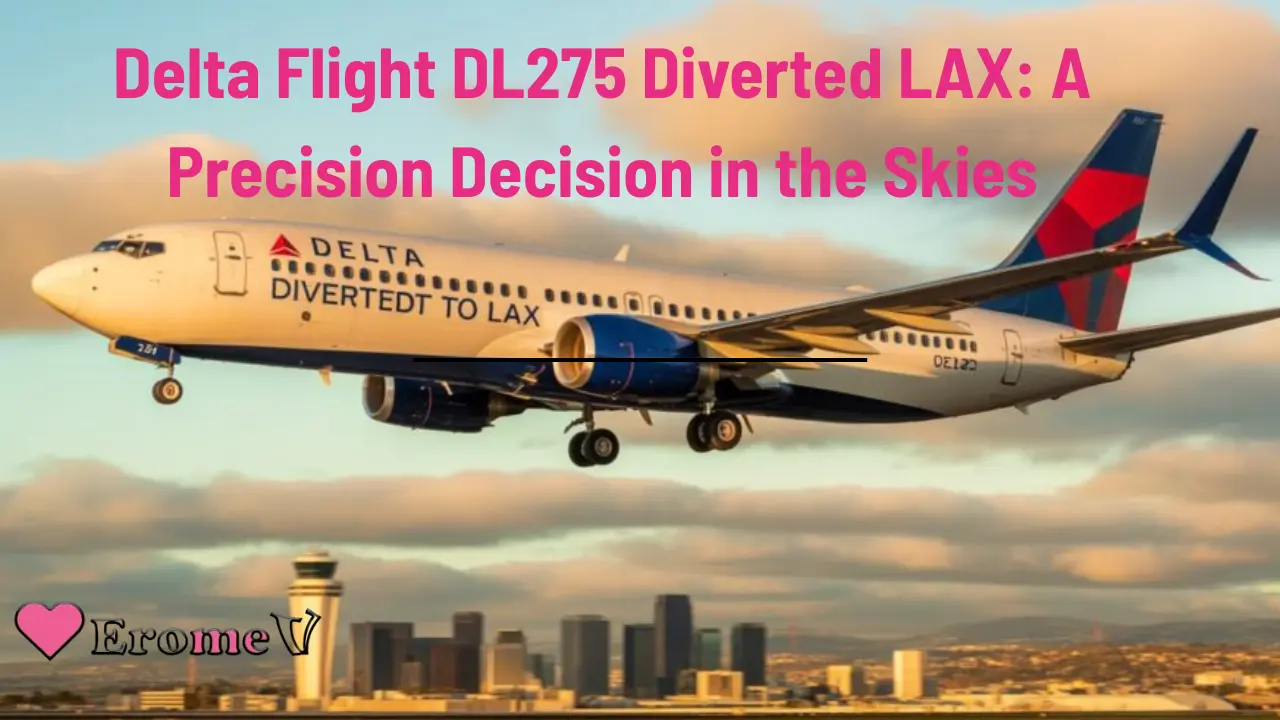The planning and imposition of restrictions have made modern air travel one of the safest modes of transport due to the highly developed technology of the aircrafts, well qualified crews and the nature of implementation. But there are also such cases, when one is reminded of the essence of such precautions. One such case was the United Airlines Flight UA770 emergency diversion, which gained significant attention among passengers, aviation experts, and industry observers. This extremely unexpected moment does not only display the reality of aviation security in the contemporary world but also demonstrates that the quick response time and prompt action crew in a particular airline guarantees maximum security to passengers.
The reason behind flight UA770 and why these diversion happens will be dissected, what the air industry continues to learn about those diversions will be discoursed upon in this paper.
What Happened on United Airlines Flight UA770?
Flight UA770 was to be an ordinary domestic flight within United States. It was an ordinary flight utilizing modern aircraft in the fleet of United Airlines that ensured good on time performance. But it turned out to be unpredictable on the flight in late May.
Something had gone wrong and needed immediate attention informed the flight personnel within the multiple-day cruise at an altitude. United Airlines has not issued technical information, but initial reports indicate the event might have been an alert by an onboard system a frequent cause of a diversion.
Since the pilots got to realize that this might turn into a nightmare, they coordinated quickly with Air Traffic Control (ATC) and diverted to the closest available airport that had emergency response mechanisms. The diversion was calmly executed without panic in the cabin since the communication and professional approach in executing it was calm.
Why Do Airlines Initiate Emergency Diversions?
Aviation safety assures the service from emergency diversions. These are rather rare but may occur due to a number of reasons:
- Technical or Mechanical: Sporadic problems with the engine, warning signals on the hydraulic system, or sensors.
- Medical Emergencies: A passenger or a crew member, who is in need of immediate medical attention.
- Weather Conditions: Heavy storms or turbulence or low visibility to continue would be unsafe.
- Security Concerns: Strictly not likely but some scenarios where there are security concerns leading to deciding to reroute.
In the case of Flight UA770, preliminary findings suggest a technical alert was the likely cause. Nevertheless, aircraft will be fit to fly again after safety investigations in aviation have found the real cause of the problem.
Passenger and Crew Response
The stories of the passengers emphasize the professionalism of flight attendants of the United. They would calmly coach commuters on putting on seatbelts, stowing belongings and to sit down. The passengers cited that the captain was able to communicate efficiently, which minimized anxiety and cooperation.
As soon as the plane landed at the diversion airport, customer service teams of the United Airlines, engineers, and safety officers were prepared to help. The passengers were rebooked into other flights and aircraft were subject to thorough examination before resuming duties.
The Importance of Proactive Aviation Safety
The United Airlines Flight UA770 emergency diversion underscores a critical truth: in aviation, safety always outweighs schedule. As much as diversions may delay flights, cause missed connections and logistical difficulties,it is a bigger cause as it helps save lives.
Aircrafts of today have been made with sophisticated systems that warn the pilots when abnormalities are detected at an early stage. These are combined with intensive training of the crew members and form a multi layered safety net. In this instance, the timely response of the crew of the Flight UA770 showed why DIVERSIONS are not a nuisance but precautionary measures.
Operational and Customer Service Impact
Despite the fact that safety is the ultimate priority, emergency diversions surely affect airline operation. The most usual effects are:
- Flight delays and missed connections: These might require such passengers to be re-booked to subsequent flights.
- Passenger Care Needs: Such requirements obligate airlines to provide refreshment and accommodation and provide current information.
- Planes Inspections and Repairs: The ground crew is supposed to carry out an inspection of the plane after it is checked to see whether the problem is repaired before flights resume.
United Airlines and other large airlines have a set of measures in place to reduce the disruption level but still guarantee safety of the flight. The prompt rebooking and customer services that were offered to passengers on UA770 ensured the leadership role the airline played with respect to its customers.
Lessons Learned from Flight UA770
A number of lessons that can be learnt regarding this occurrence arise:
- Readiness Is Life-saving: Ongoing drills make pilots and crew members take quick decisions.
- Communication establishes trust: using calm and clear messages will allay the stress of passengers during a crisis.
- Safety Culture Works: Safety-first philosophy of the aviation industry is a culture of caution as opposed to risk taking.
The Bigger Picture: Aviation Safety Today
Air travel rates still make it the safest way of transport. Needless to say, among millions of flights that happen annually, it is a low rate of flights considering emergency diversions and safety mishaps. Such diversions like UA770 do not imply anything but manifest their strengths in the aviation system.
Using redundant avionics systems to strict regulatory controls by government bodies like the Federal Aviation Administration (FAA), the aviation world today is still all about making sure human lives are suitably respected and not necessarily about making their job easier.
Conclusion
Emergency diversion of the United Airlines Flight UA770 can be viewed as a lesson in the real world about the purpose of safety measures. The delays would have been expected as a result of such diversion, albeit brave efforts of the crew enabled all the passengers to reach the ground safely.
Such incidents underline the idea that safety may not be compromised in aviation. To passengers, the bottom-line is easy to grasp: all these security measures of regular announcements and other instances of detouring, are meant to save lives.
With the ongoing development of aviation technology and training, passengers should therefore be assured of the fact that airlines such as United are ready to take what comes their way. Flight UA770 is an evidence of the system which functions just as it should, ensuring the safety of the passengers, despite the situation.











